Cubitus Valgus Deformity
Cubitus valgus deformity is a medical condition characterized by an abnormal outward angulation of the extended forearm in relation to the arm, typically measured in the frontal plane.
What is a Cubitus Valgus Deformity?
When the forearm is completely extended, it is inclined away from the body more than usual due to a medical condition called cubitus valgus. The carrying angle, or a small degree of cubitus valgus, is normal and occurs in most people.
It may indicate Turner syndrome or Noonan syndrome if it is present at birth. In addition, fractures and other traumas might result in its acquisition. The range of the physiological cubitus valgus is 3° to 29°. Compared to men, women typically have a more noticeable Cubitus valgus. In addition, the deformity may develop as a side effect of a lateral condyle fracture in the humerus, which can cause tardy or delayed ulnar nerve palsy. Cubitus varus is the opposite condition.
When the arm is completely extended, a deformity known as cubitus valgus causes the forearm to curve outward away from the body. Cubitus valgus bilateral is the term used to describe it when it affects both arms.
If your carrying angle—that is, the angle at which your arm is angled away from your body—exceeds 15 degrees with your palm facing up and your arm extended, you may have cubitus valgus.
On the other hand, cubitus valgus can be diagnosed with a carrying angle ranging from 3 to 29 degrees. In women, the angle is frequently prominent.
Treatment isn’t often necessary, but in certain cases, this condition might compress the arm nerves and lead to consequences.
The carrying angle, which forms between the axis of the humerus and the axis of a radially deviated forearm, is a small degree of cubitus valgus. It facilitates the arms swinging when walking without colliding with the hips. When these axes fully flex, they align.
Normally, it is located at 11° for men and 14° for women from the body.
A gunstock deformity, also called cubitus varus, is a condition in which the forearm points toward the body as a result of a reduced carrying angle.
Definition
Cubitus valgus: An elbow deformity that causes the carrying angle to grow (such that the forearm and hand are held at greater than 15 degrees when the arm is stretched at the side and the palm is facing forward). Cubitus valgus may result from a fracture or a congenital abnormality, such as Noonan syndrome and Turner syndrome. Elbows are called cubitus in Latin, and valgus implies outwardly angled.
Symptoms
- Prominent anatomical flaw
- Restricted Range of Motion in the Elbow Rarely Seen Pain
- Weakness of Muscles
- Growth Plate deviations
- Lateral tardy nerve palsy
Causes
malunion or lower end of humerus fractured before.
disruption caused by an injury or infection with the lateral side’s epiphyseal development.
Cubitus valgus is mostly caused by two factors:
A Fractures
- fracture of the malunited humerus following trauma (most frequent)
- Lateral condyle fractured and malunited
- Static Trochlear Osteonecrosis
- Static malunited intercondylar fracture
- Static malunited medial condyle fracture
A Congenital Condition
The two birth defects that frequently result in cubitus valgus are
Turner syndrome:
A female with Turner syndrome is born with only one X chromosome, a chromosomal abnormality. Other symptoms that people with Turner syndrome encounter include delayed puberty and small height. Hormone replacement therapy is often included of the treatment.
Noonan syndrome:
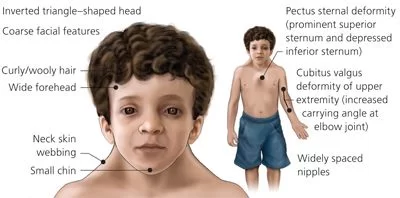
Another genetic condition that causes development to be delayed is Noonan syndrome. Usually due to a genetic mutation, although occasionally the cause is unknown to the medical community. Noonan syndrome has no known cure, however, there are some therapies that can lessen its consequences.
Types of Cubitus Valgus
- Static (non-progressive)
- Progressive
Diagnosis
ON EXAMINATION
Inspection
- Deformity of Hyperextension
- At the elbow joint, there is limited flexion, lateral tilt, and medial angulation.
- wasting of muscle
- The medial condyle humerus’s prominence
Palpation
- Sensitivity
- Supracondylar ridge irregularities and thickening
- greater lateral epicondyle tip
- Deformity in internal rotation as internal rotation increases (Yamamoto test)
- less external rotation, offset by a shoulder joint that is far more mobile
Complications
- considered a side effect of a lateral condyle fracture in the humerus.
- Ulnar neuropathy is known to be caused by cubitus valgus. One of the three main nerves in your arm, the ulnar nerve, is affected by this illness.
- The most common cause of ulnar neuropathy is compression or irritation of the ulnar nerve, which results in tingling, numbness, and in rare cases, weakening. Wearing a brace and reducing physical activity are the mainstays of therapy. Surgery, however, could be required if these conservative measures prove ineffective.
- A kind of ulnar neuropathy known as delayed ulnar nerve palsy can also result from cubitus valgus. This is a persistent disease that is frequently linked to cubitus valgus.
- Ulnar nerve palsy is a progressive condition, meaning that it often worsens with time. Your fingers, particularly your ring and little finger, may become numb. You may also feel pain, weakness, tingling, and burning in your fingers.
- There are several ways to treat ulnar nerve palsy symptoms, including physical therapy and over-the-counter drugs.
Treatment of Cubitus valgus
You probably don’t need therapy if your ulnar nerve isn’t being compressed by cubitus valgus.
Surgical Treatment
Cubitus valgus is often treated with one of two methods:
- Fixation;
- Osteotomy.
The procedure known as an osteotomy involves your doctor making incisions in the bone to reshape and realign it.
Children with cubitus valgus have been treated with a specific kind of osteotomy termed distraction osteogenesis. By creating a longer bone from a shorter one, this procedure functions. Using a tool known as a distractor, the bone that has been sliced during surgery is pushed apart; this is a minimally painful procedure. A longer bone will replace a shorter one in the space left by the distractor when a new bone grows in that area.
Physical Therapy Treatment
With the use of an elbow splint, corrective stretching, strengthening of weak muscles, and joint mobilization exercises can be somewhat beneficial.
According to medical professionals, cubitus valgus may be safely treated with the Llzarov procedure without leaving an unsightly scar or limiting range of motion. Positive outcomes can be achieved with gradual, controlled, coordinated stretching.
A lateral condyle fracture is the most common type of elbow fracture in children. Regularly, there is malunion of the cubitus valgus. Because of technology, most procedures include difficulties and complications. Among these include under- or overcorrection, neuropraxia, an unsightly scar, refracture at the osteotomy site, a limitation in elbow range of motion, infection, and nerve injury. When combined with an elbow splint, corrective stretching, strengthening of weak muscles, and joint mobilization exercises have a relatively beneficial effect.
- Joint pain and stiffness can be reduced with hot fermentation.
- The musculature of the arm and forearm can be released gently using soft tissue techniques.
- Use a wand to gently guide you through active and active-assisted activities that are pain-free, often many times a day.
The musculature of the arms and forearms can be addressed using isometric exercises.
Keep away from weightlifting.
Following orthopedic surgery, phasic physiotherapeutic intervention has been used. To improve mobility and lessen post-surgical inflammatory pain, graded physical therapy is quite beneficial. The purpose of this study is to give the facts on the cubital varus on the left side’s post-surgical state following corrective osteotomy. In order to examine the prognosis in terms of inflammation, pain, and range of motion, a post-treatment evaluation was conducted, and the therapy strategies were selected based on the results of the phasic evaluation.
Based on pre-treatment evaluation, a number of electrotherapeutic and exercise therapy strategies have been chosen on an ongoing basis. This data presentation includes electrotherapeutic methods such as TENS, ULTRASOUND, PARAFFIN WAX BATH (pain alleviation and extensibility), and faradism under strain for deformity repair.
Conclusion
For all patients, a dependable method of treating cubitus valgus deformity resulting from a lateral humeral condyle fracture is Milch osteotomy with secure fixation utilizing plates and screws. Patients with TUNP may not require further anterior transposition of the ulnar nerve because the deformity correction causes the nerve to become loose. On the other hand, the length and intensity of the pre-operative involvement could potentially have an impact on the ulnar nerve’s healing. Given the small number of patients in the current investigation, a bigger prospective study could still be necessary to further confirm the results.
FAQs
Can physical activity treat cubitus valgus?
Yes, it can be cured with exercise. To further safeguard the elbow, you should wear an elbow brace since the valgus deformity will force you to extend your elbows beyond their natural range, which will result in hyperextended muscles.
Is valgus cubitus permanent?
The carrying angle, or minor degree of cubitus valgus, is common in the general population and is considered acceptable. These deformities can now be permanently cured in a few days without surgery.
Which nerve in the cubitus valgus is injured?
It is a result of the lateral humeral condyle’s non-union or malunion. Individuals suffering from post-traumatic cubitus valgus may exhibit many symptoms, such as pain, joint instability, elbow restriction, and delayed ulnar nerve palsy.
Does cubitus valgus present a risk?
A cubitus valgus must have a carrying angle that is between 3 and 29 degrees. Women usually have a more pronounced tilt. While this condition usually doesn’t seem dangerous, in certain kids, it can compress the nerves in the arm and cause issues.
What is the typical cubitus valgus degree?
The range of the physiological cubitus valgus is 3° to 29°. Compared to men, women typically have a more noticeable Cubitus valgus. In addition, the deformity may develop as a side effect of a lateral condyle fracture in the humerus, which can cause tardy or delayed ulnar nerve palsy.
Cubitus varus and cubitus valgus: what are they?
The elbow joint deviates in the coronal plane between 5 and 15 degrees in full supination and extension; this deviation is referred to as the carrying angle or physiologic valgus of the elbow. The carrying angle reduces and the hands are positioned closer to the midline than they should be in cubitus varus.
Can cubitus varus be cured?
Corrective osteotomy surgery: With a high rate of success, osteotomy is the sole available therapeutic option for cubitus varus deformity.
Is valgus cubitus typical?
When an elbow is completely straight, the forearm is angled away from the body due to a condition known as cubitus valgus. Cubitus valgus, often called the carrying angle, is widespread and tolerable in modest doses.
Is cubitus valgus reparable?
Cubitus valgus is the most common side effect of lateral condylar fractures. Many combinations of osteotomy and fixation have been proposed as explanations for the treatment of valgus deformity.
How serious is cubitus valgus?
Nevertheless, a carrying angle of any value between 3 and 29 degrees can be used to diagnose cubitus valgus. The tilt is often more noticeable in women. Even while this medical disease is usually not significant, in a few individuals it might cause complications by compressing the nerves in the arm.
What is the cubitus valgus correction?
Milch osteotomy can be performed to treat cubitus valgus deformity in all individuals, effectively correcting it with stable fixation using screws and plates in cases of lateral humeral condyle fracture.
What cubitus valgus issues exist?
The elbow extends outward from the torso as a result. In addition to causing pain and difficulty performing activities like lifting or throwing, Cubitus Valgus can result in an evident deformity.
Is it possible to cure cubitus valgus?
Milch osteotomy is an effective therapy for cubitus valgus deformity and the associated delayed ulnar nerve palsy without limiting the elbow range of motion. Even if severe valgus deformities are rectified without concomitant anterior transposition of the nerve, the ulnar nerve issues are likely to improve.
Why does cubitus valgus occur?
A congenital condition or a fracture can cause cubitus valgus. The two congenital conditions that cause cubitus valgus most often are Turner syndrome and Noonan syndrome. Turner syndrome is the term used to describe a female who is born with only one X chromosome.
Cubitus Valgus: What is it?
In the medical field, cubitus valgus is the term used to describe an elbow joint deformity. The forearm bone, the ulna, deviates from the upper arm bone, the humerus, in a person with cubitus valgus, increasing the angle at the elbow joint.
References
- Dhameliya, N. (2023c, August 30). Cubitus Valgus Deformity – Cause, Symptoms, Treatment. Samarpan Physiotherapy Clinic. https://samarpanphysioclinic.com/cubitus-valgus-deformity/
- Physiotherapist, N. P. (2023c, December 13). Cubitus Valgus: Cause, Type, symptoms, Physiotherapy Treatment. Mobile Physiotherapy Clinic. https://mobilephysiotherapyclinic.in/cubitus-valgus-deformity/comment-page-1/

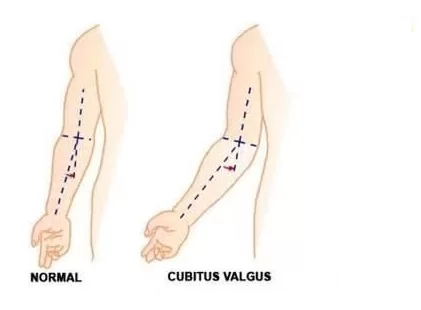
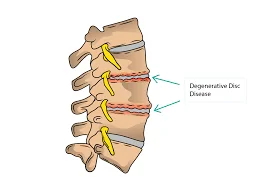
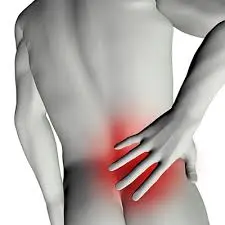
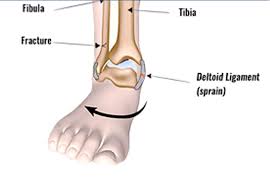
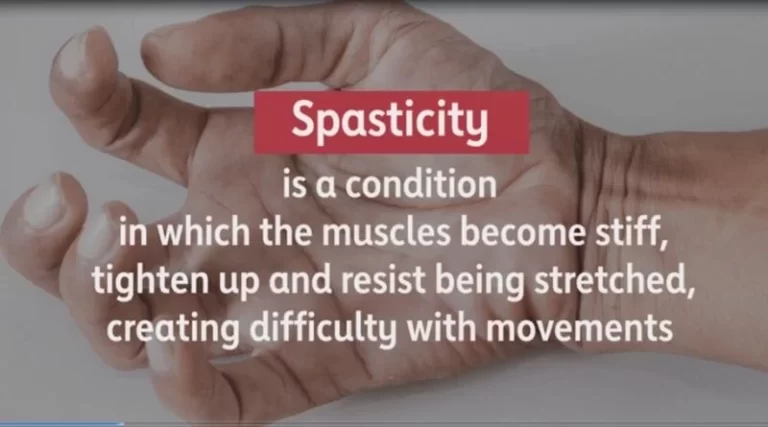

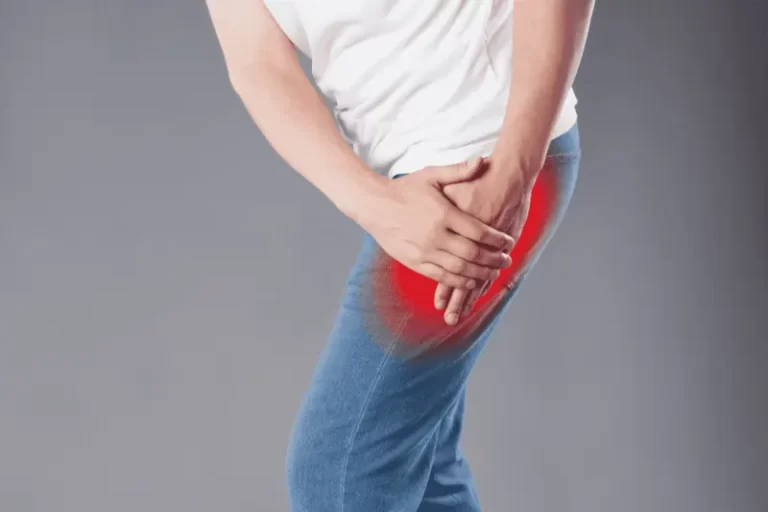
One Comment